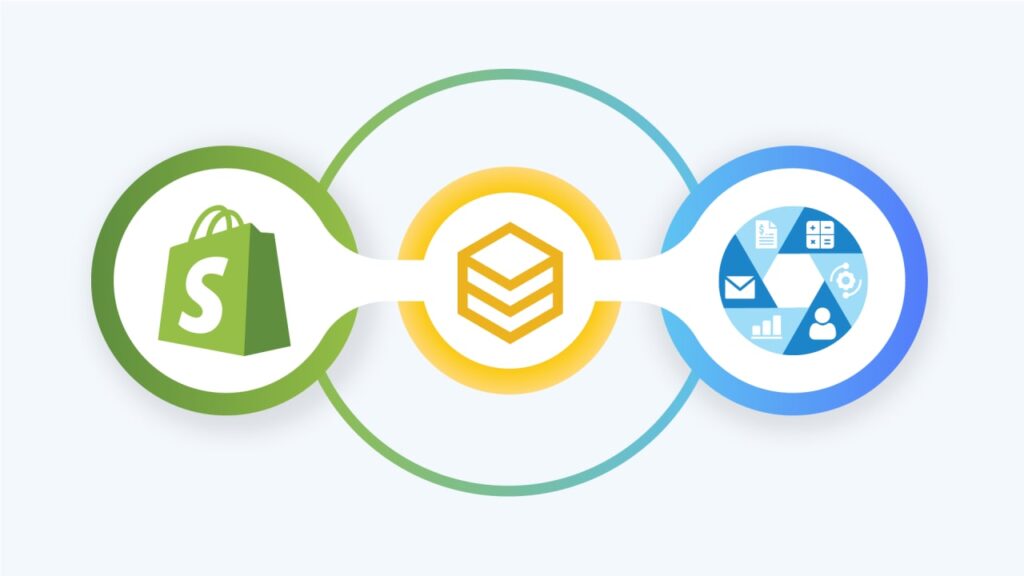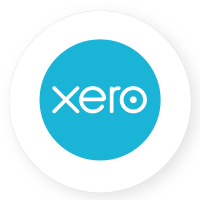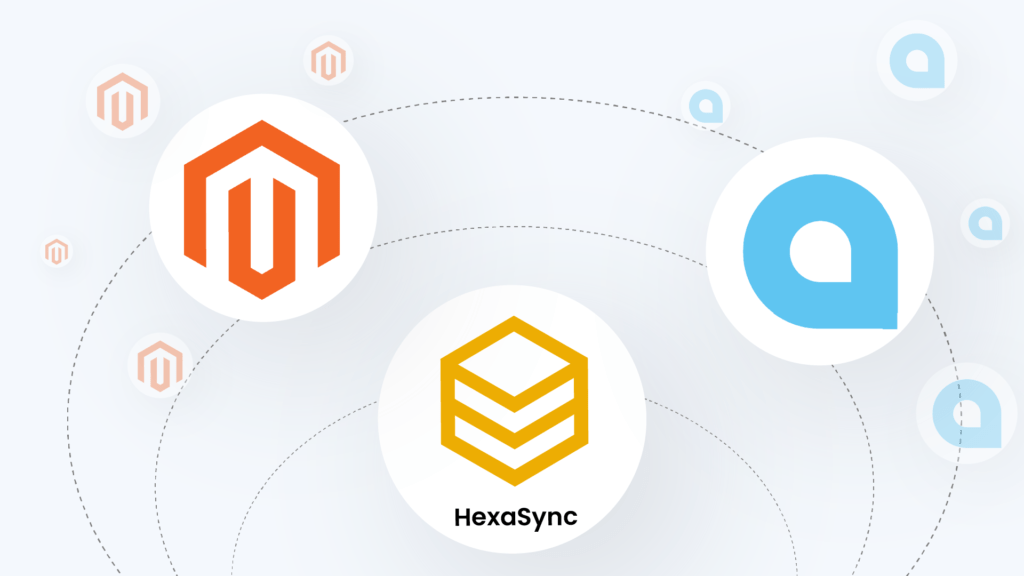If you are familiar with the eCommerce business, you might have heard of Magento and WooCommerce. They are both open-source platforms and based on the PHP languages but which is the better and most suitable for your business. Each platform has its pros and cons, and it’s not easy to clarify the winner at first glance.
Let figure this out together. After this article, you will be able to figure out whether to start or expand your business with Magento or WooCommerce.
Table of Contents
Magento vs WooCommerce: Overview
Magento, which was founded in 2008, is a well-known name in the world of eCommerce. It’s no coincidence that numerous large and high-profile enterprises have chosen it to reign as the leader in their respective industries, despite the fact that it was previously owned by eBay and is now part of Adobe.
Of course, as with any eCommerce platform, creating an online storefront based on Magento requires some technical know-how. However, with some assistance from their peers in the Magento ecosystem, a highly motivated developer could optimize the full scope of the platform’s basic functionalities.
Because Magento’s robust system is highly scalable, you can grow your eCommerce site and achieve profitability without paying for the paid version.
Magento’s top clients include Samsung, Nike, North Face, Monin, HP, Olympus, Canon, Helley Hansen, Jack Daniel’s, Ahmad Tea, Seat, and JCB. Most of them are valuable enterprise companies with lots of international customers.
WooCommerce was launched on September 27th, 2011 by WordPress theme developer WooThemes. The team announced in January 2013 that WooCommerce had reached half a million downloads. WooCommerce 3.0 was released shortly after, in March 2013. The gallery for individual product pages was redesigned in this version, and mobile touch gestures were added. WooCommerce had one million downloads just a few months later.
WooCommerce has since grown to become one of the world’s most popular eCommerce solutions, with over 5 million active installs and 86 million total downloads.
WooCommerce’s top clients include Themeforest, Pay Amazon, Mailchimp, Unesco, Pornhub.
Recently on 27 September, they have just celebrated their 10th birthday!
Ten years?! We’ve been having fun! It’s surreal to see our product literally changing lives; the ecosystem around WooCommerce has enabled the start and growth of hundreds of thousands of businesses with millions of happy customers. The development of our team has also been phenomenal; it’s been a privilege to watch individuals grow not just their careers but their families too.
– Warren Holmes, COO
Magento vs WooCommerce: Popularity
According to Builtwith, WooCommerce has the top spot for the best eCommerce platform in terms of 29% market share, next is Shopify with 20%. And coming in the third position is Magento with 8%.
Apparently, WooCommerce has outperformed Magento in terms of internet search. The below stats show the public interest for both WooCommerce and Magento over the last one year time. Magento is slightly ahead in the beginning but WooCommerce has caught up in recent years.
Magento vs WooCommerce: Pricing
Because WooCommerce is a free plugin, you’ll need a WordPress site that supports plugins. The first thing you’ll need to do is select a host for your store and purchase a plan. WooCommerce hosting options will depend on your business requirements and range from $3.95 to $5.000.
WordPress also has 3 other plans charged monthly for you to choose from.
Magento provides a free Open Source Edition as well as a Commerce Edition for larger businesses. Also, you have to pay for the hostings and domain registration. The cost of Magento Commerce can range from $22.000 to $125.000 billed annually depending on your business revenue.
Magento vs WooCommerce: Features
WooCommerce Core Features

Below are all of the features and functionalities you get for free when you download WooCommerce from WordPress.org.
- Built for WordPress
- Open Source
- Mobile Friendly
- Own your Data
- Secure Code
- Worldwide Community
- Free and Paid Extension Marketplace
- Customer Support
- Scalability
- REST API
Magento Core Features

Magento is a feature-rich eCommerce platform that gives merchants total control over their online channel’s functioning. Magento’s search engine optimization, catalog management, and sophisticated marketing capabilities enable merchants to construct websites that offer customers an unparalleled shopping experience. Below we only include the general features of Magento Open Source and not the Commerce edition.
- Marketing, Promotions, and Conversion Tools
- Search Engine Optimization
- Site Management
- Catalog Management
- Catalog & Product Browsing
- Checkout, Payment, and Shipping
- Order Management
- Customer Accounts & Service
- Analytics and Reporting
- Mobile Commerce
Overall, WooCommerce is quite beginner-friendly even with someone who doesn’t familiar with WordPress. Their documentation is helpful with videos and tutorials. On the other hand, Magento targets big companies with tailored customization. Small businesses can also start with the Open Source, it has everything you need to start an eCommerce business. Still, people who don’t have experience in development might find it difficult at first.
Magento vs WooCommerce: Security
It’s easy to lose sight of security in the midst of launching your store, but it’s not something you should overlook. Keeping your customers’ data secure should be a top priority from the start.
You can take advantage of Magento‘s security-related configuration settings for Admin Security, Password Options, and CAPTCHA. Besides built-in security, there are many things that you can do to make your site a less attractive target.

While security features are built into WordPress and WooCommerce, install WooCommerce plugins from unreliable sources exposes you to security vulnerabilities. You might find premium themes and plugins with free download on the internet. The high chance is that their licenses are broken and contain backdoors. Besides, if the development team decides to release a security patch, you will not be able to update either.
Approaches work with any site and not just Magento to or WooCommerce. Choosing a reliable hosting provider, updating your website, backing up your website, using a security plugin, and obtaining an SSL certificate are all ways to secure your eCommerce site.
Here are the Top 10 WooCommerce Hostings Providers that you can start with.
Magento vs WooCommerce: Dropshipping
If you are wondering whether Magento or WooCommerce is suitable for drop shipping, we are here to help you decide.
For every startup that has a few orders a day, you can manually drop ship the orders. This means that when you have an order on your Magento store, you can send an email to the specific supplier to have it shipped to the customer. Once your store has scaled up, extensions can save time and effort. And make sure to use trusted extensions from reliable providers.
The most significant advantage of WooCommerce dropshipping extensions is that they are not too costly. Save money to focus on your business later. Here are some popular extensions you can start with:
- DropshipMe – Find carefully curated dropshipping products on AliExpress.
- Spocket – Source products from independent suppliers in the United States and the European Union.
- WooDropship – Offers a variety of pricing structures to meet your product fulfillment needs, as well as the ability to import a large number of AliExpress products.
- AliDropship – A one-stop shop for setting up an AliExpress dropship store with or without WooCommerce.
- Spreadr – Can be used to set up an Amazon dropshipping store.
Magento dropshipping extensions come up with extensive functionalities that can help you manage orders, shipping costs, and warehouses with ease. In addition, extra features come with a price. Compared to WooCommerce extensions, Magento dropshipping extensions are twice or third time expensive. You can check out these dropshipping extensions:
- Magestore – Magento Dropship Module
- Amasty – Dropshipping
- Webkul – Magento 2 Dropship
- Boostmyshop – Magento 2 Drop Shipping
- Webshopapps – Dropship
Magento vs WooCommerce: Themes & Extensions
How many WooCommerce themes and plugins are there?
Over 1,100 WooCommerce themes are available in the WordPress.org Theme Directory. Another 1,200 WooCommerce themes and templates can be found on ThemeForest, and 35 on the official WooCommerce site. TemplateMonster also provides over 700 for you to choose from.
There are also hundreds available through independent websites and smaller marketplaces. This implies that the true number of WooCommerce themes is likely to be greater than 3,000.

The WordPress Plugin Directory has over 6,000 WooCommerce plugins, and CodeCanyon has over 1,500 WooCommerce plugins. Over 700 free and paid add-ons are available in the WooCommerce Extensions Store.
However, the total number of WooCommerce plugins is likely to be much higher, as many websites sell WooCommerce-ready plugins independently or through smaller marketplaces. As a result, many WooCommerce plugins aren’t included in the official statistics.
How many Magento themes and plugins are there?
Over 600 Magento themes are found on ThemeForest. Another 500 Magento themes are available on TemplateMonster, and 11 on the official Magento marketplace. There are also other smaller marketplaces and providers within the internet.

There are over 4,200 Magento extensions on the Magento marketplace. Another 600 Magento extensions on CodeCanyon. The best Magento extensions provider – Amasty, also has 240 extensions. Mageplaza also provides over 230 extensions. In short, there are many Magento extensions providers on the market and the number of extensions available is uncountable.
Magento vs WooCommerce: Support & Community
As open-source solutions both Magento and WooCommerce do not feature personalized customer assistance. They do, however, include extensive documentation, user guides, training choices, updates, and a forum community where users, developers, and other experts may share tips, techniques, and support.
WooCommerce benefits from its relationship with WordPress, allowing users to take advantage of the expansive community. WooCommerce’s popularity also helps you find more related content on the internet.

Magento community on the other hand has unquestionably attracted a sizable developer and design group to its website due to its long history. Over the last decade, a large number of partners have collaborated with Magento and contributed to its growth.

Final Words
Both platforms have advantages and disadvantages. Magento is better suited for large organizations with high scalability requirements, while WooCommerce is a better choice for most people wishing to start an eCommerce with limited resources.
For people who don’t have the time, skill, or desire to build an eCommerce site to its full potential, Magento is not the best solution. For advanced eCommerce experienced like scalability and custom integrations then Magento is the right platform.
Eventually, don’t be biased by the popularity or user-based. Everyone has unique requirements and circumstances, so give them both a try and decide for yourself which is the best platform for you.















































